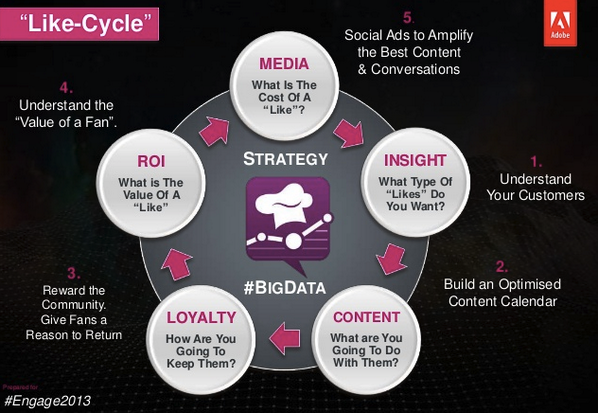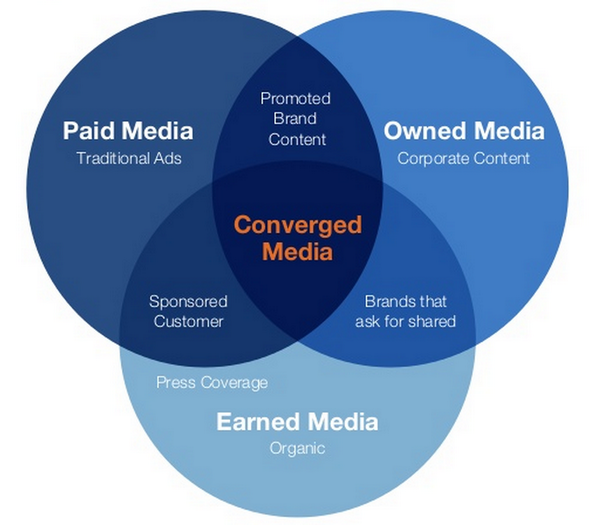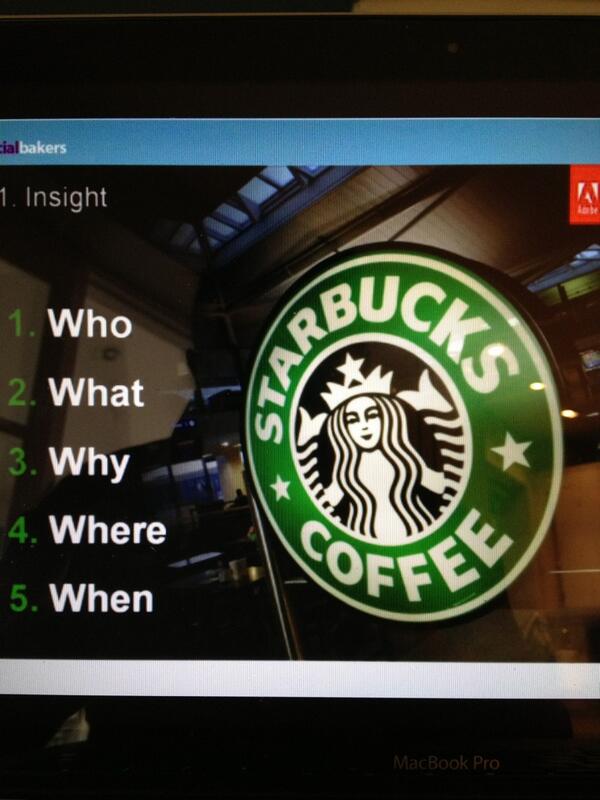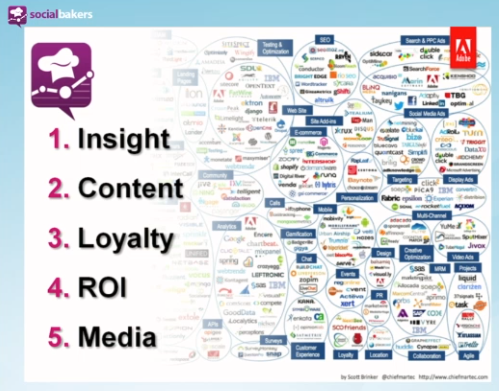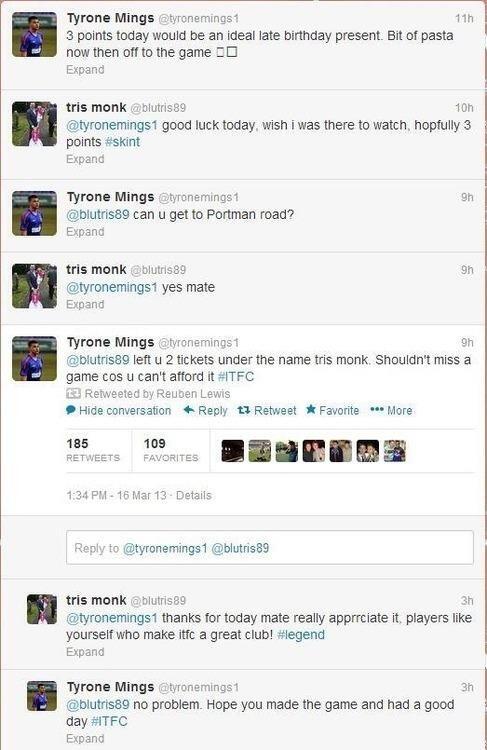
Thinking is good. In fact, thinking is ruddy good. People don’t do enough of it.
According to the Daily Mail (clearly taken with a pinch of salt), British people spend NINE HOURS a day staring at screens and spend more time online than any other nation in the world.
That works out to be 30 years of our lives. 30!
These screens include computers, mobiles, televisions and tablets. Not only this, but increasingly more people are watching television with a second screen.
Technology has transformed the way we do things. It makes processes quicker, it is always convenient, and it doesn’t answer back when asked a question – unless you have that pesky git, Siri.
Jobs, including mine, heavily depend on the use of screens, second screens and mobiles and it appears the rate of creativity is increasing, and innovation has never been so thriving.
After having a day’s workshop with the brilliant business coach Nicholas Bate, he simply said ‘think more’.
It’s crazy, right? We ‘think’ all day solving problems, replying to emails, having meetings, deciding what lunch to eat, etc.
With so many technologies available to us, all of which we can consume in a different way, we don’t have to think as much.
Bate claimed that walking regularly to think will help with problem solving, productivity and building a better mood to really excel.
Following his advice, I stopped catching the bus and walked to work instead.
It takes roughly 35 minutes and that’s a whole lot of thinking. I made the conscious decision not to get my phone out, not listen to music, but to simply think.
You know what? He’s right.
By thinking without distraction – par the ducks quacking along the river – I have managed to solve problems quicker, thought of ways to deal with difficult colleagues and customers, and came up with some really cool ideas.
At lunchtime, I head to the gym and treat myself to a listen of music, but stay well clear of screens.
Not only it’s been good for your heart and lungs, but it’s remarkably good for your brain, too.
So I urge you, and challenge you, to spend 15 minutes a day to ‘do nothing’. Get out of the office, walk to the shops, take a stroll around the block and think.
Leave all technology behind and when you come back, you will be better, refreshed, thoughtful and have put some of those problems into perspective.
Working in PR and community management, where there’s so much pressure for response times, replying to emails and calling clients, spending a few minutes to ‘do nothing’ will help more than you could ever imagine.
Not only I feel I’ve improved the standard of work, I come back refreshed and more assertive, with not only work but with building better employee relationships too.
Working long and hard causes the body to seek refuge in reptilian or fight/flight behaviour as its suspects the worst.
All well and good but our greatest asset is then lost: our human ability to think and make thoughtful, clear choices. Take regular, real (no technology) breaks and get fresh air.
Work smart and unlock your greatest asset: the ability to think.
Let me know how you get on, especially as we’re approaching the summer. Hopefully.
@StevenWoodgate
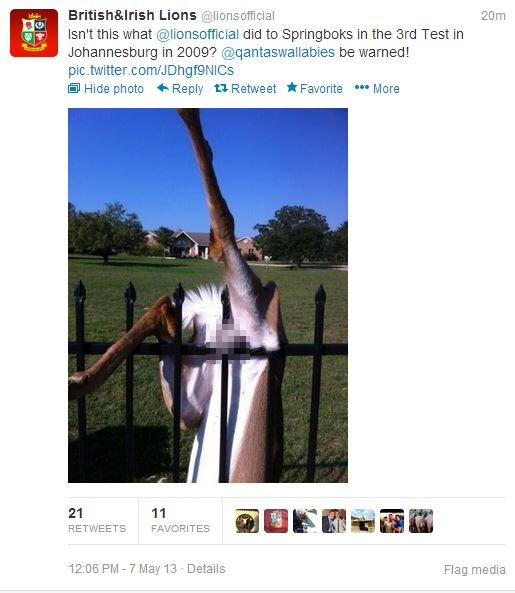



 Second helping: Mbia first claimed he was joking, then later repeated his request to leave QPR rather than play in the Championship next season
Second helping: Mbia first claimed he was joking, then later repeated his request to leave QPR rather than play in the Championship next season

